Barbados Lily Bulb pack of 2 bulbs
₹160.00
Out of stock
Email when stock available
Barbados Lily Wal is a bulbous perennial flowering plant that commonly found in Sri Lanka low land such as woodlands roadside ways or home gardens. It is native to South American countries and now naturalized in Sri Lanka. That consider as a weed or invasive exotics with a low rate invasion. Use for herbs is exiguous and may be toxin when over dose. The Barbados Lily is also called as Easter lily, and Amaryllis Lily but not a species of Amaryllis or Lilium genus that related to the flowers of Lily or Amaryllis. It’s scientific name is Hippeastrum puniceum.
The plants bloom beautiful flowers when start of rainy season before leaves are full growth. The flowering stems rise from the ground about 30 or 60 cm height.
Barbados Lily This trumpet shaped lily can reach to a height between 18 to 24 inches, blooms from midsummer to mid autumn and can have up to 3 to 6 glossy belt looking leaves.
The Amaryllis, Barbados Lily are also attractive to bees and butterflies and is ideal for growing indoors all year round.
The bulb of the flower has medicinal properties and can be used to fight asthma, bronchitis,constipation and respiratory diseases. However parts of this plant can be poisonous if ingested. The poisonous agent is the toxic alkaloid lycorine and symptoms include: vomiting, depression, diarrhea, abdominal pain, hyper salivation, anorexia, and tremor.
The flowers, generally 2–4, are smaller than other members of the genus. The paraperigon features bristles at the throat of the tepal tube. The perigone is about 7.6–10 cm in size and the tepal segments are 2–2.5 cm broad in their middle. Their colour is a bright red with a green keel that extends half way up the segment. The stigma is trifid.
Be the first to review “Barbados Lily Bulb pack of 2 bulbs” Cancel reply
You must be logged in to post a review.



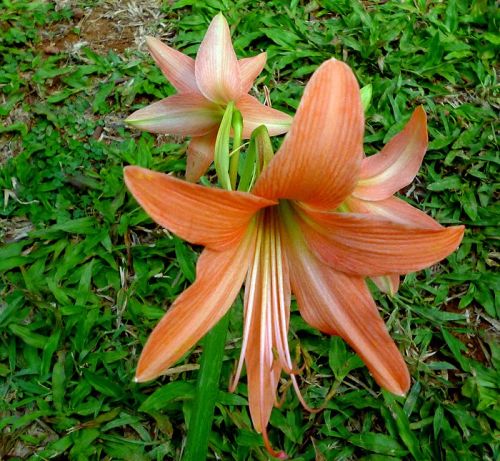
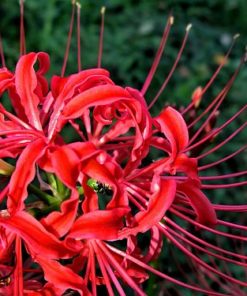

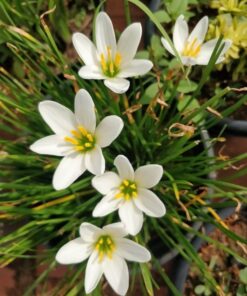

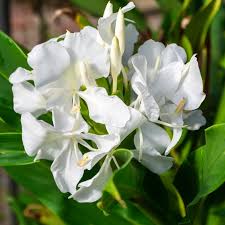
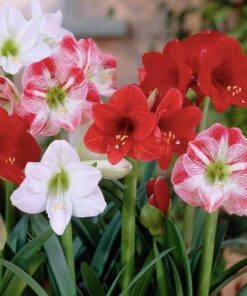

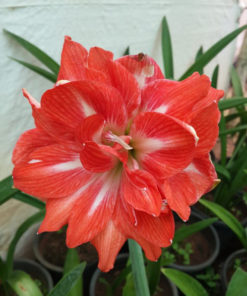
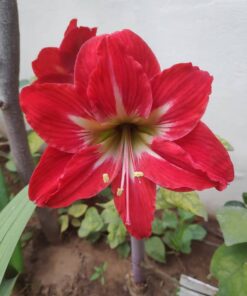
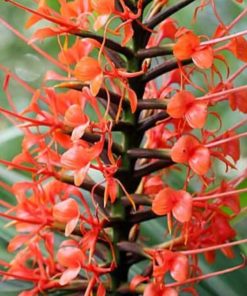
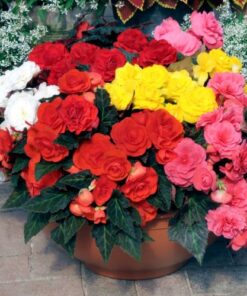

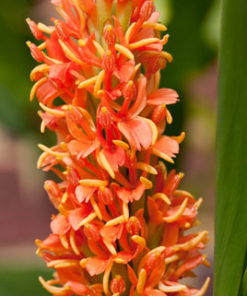
Reviews
There are no reviews yet.